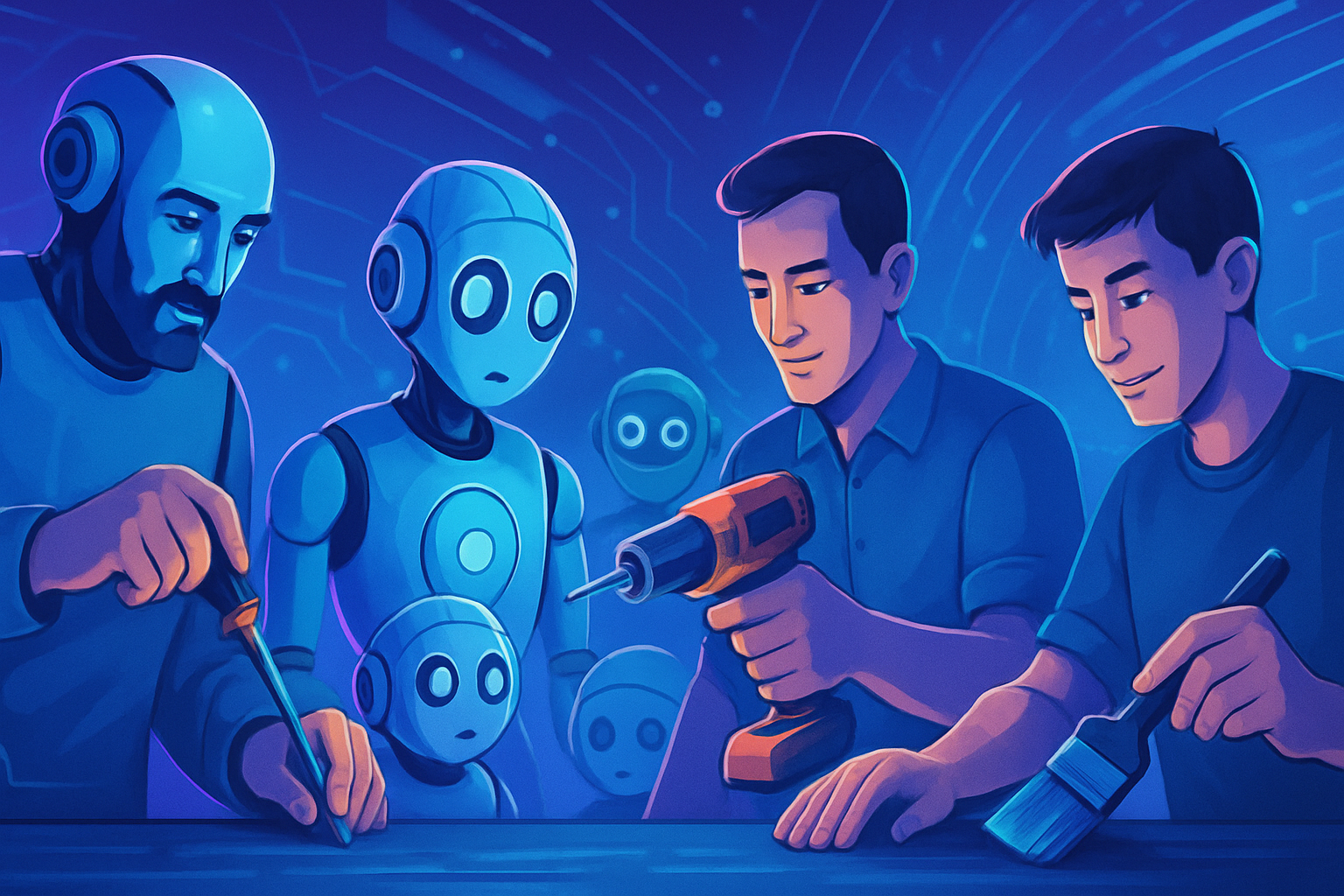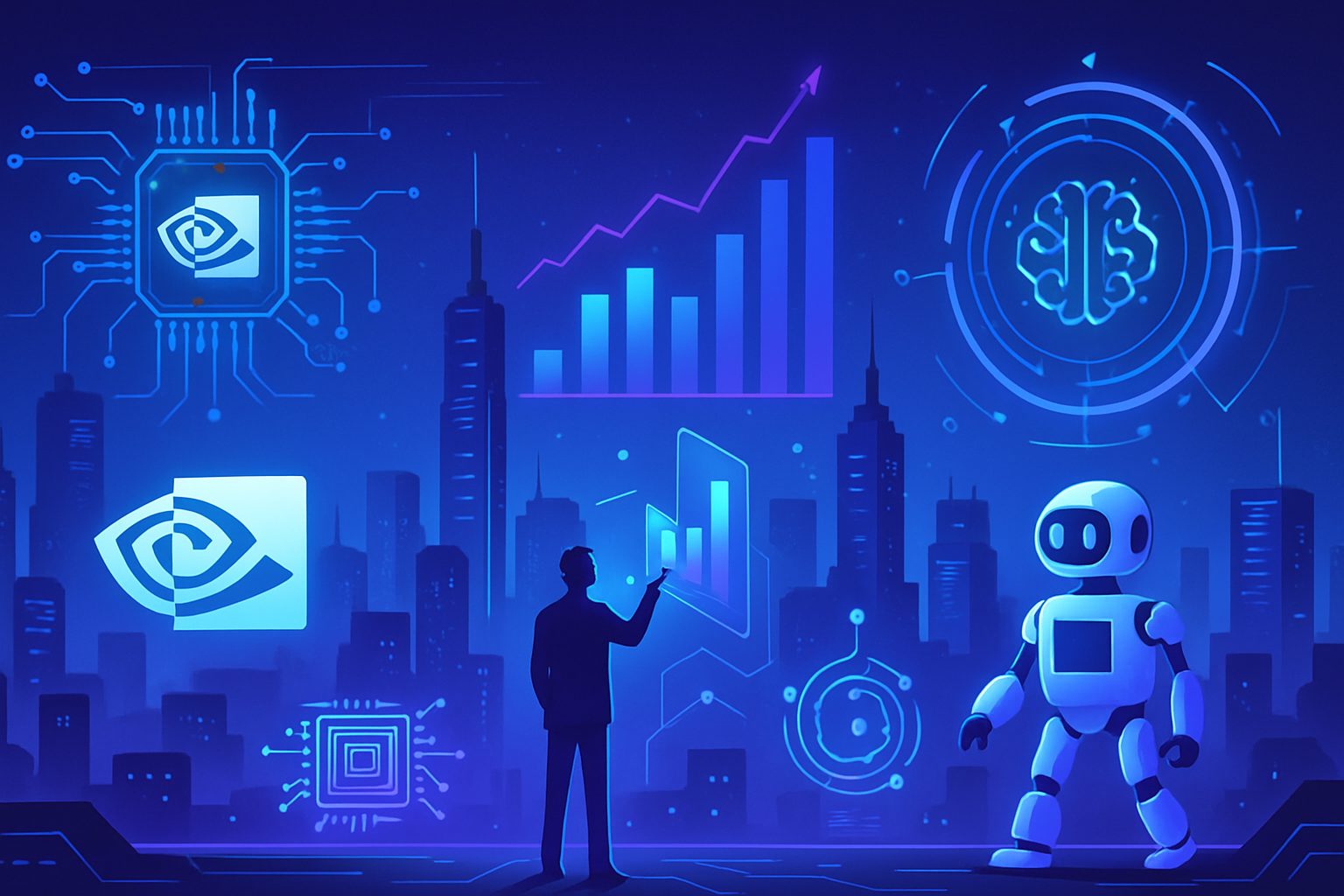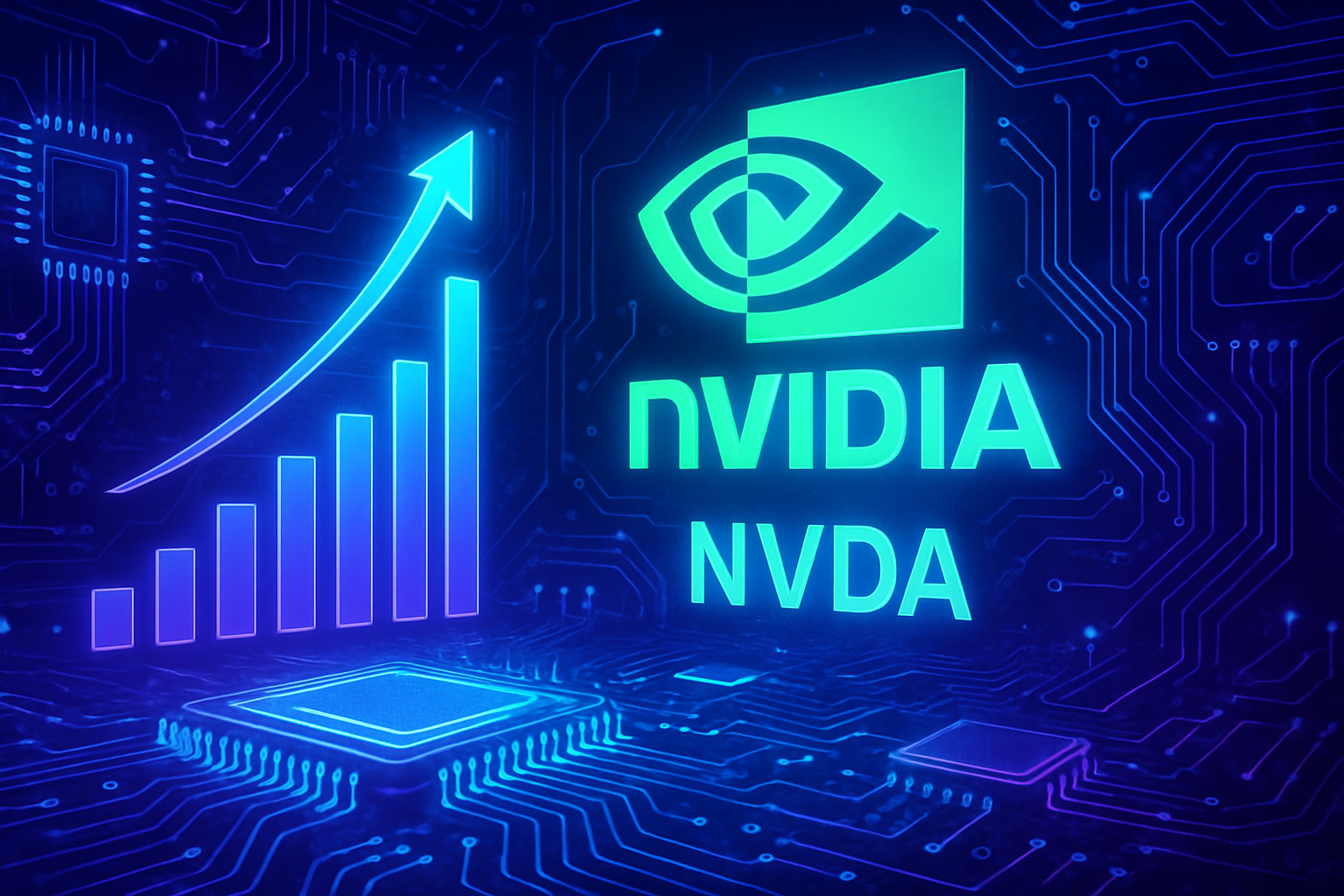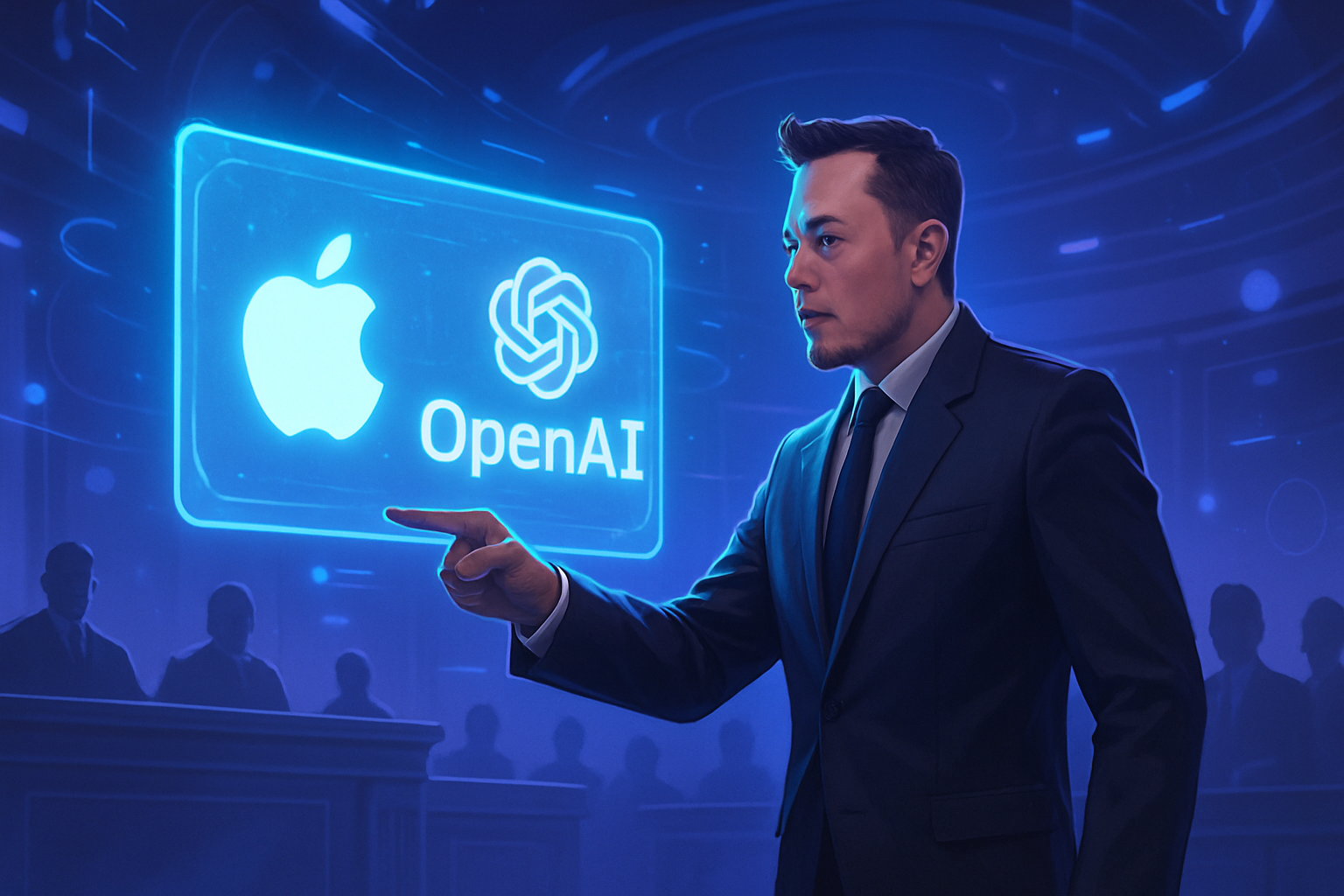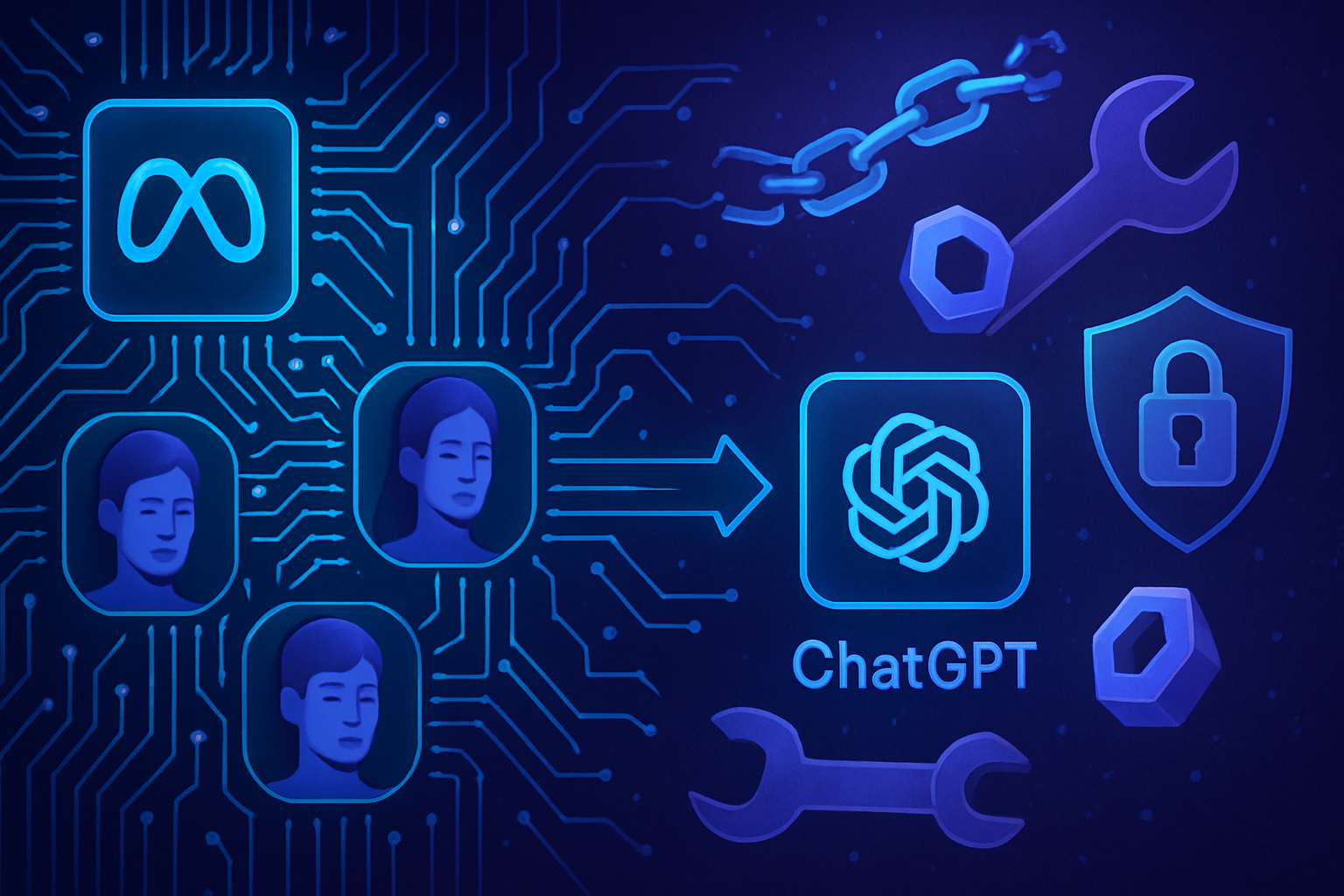Robotic innovation reaches a significant turning point with the ability of machines to acquire practical skills simply by observation. Robots learn to handle tools just by watching us, thus revolutionizing our understanding of human-machine interaction. They transcend the limits of traditional programming, appropriating complex gestures through ordinary videos of human usage. *This advancement already raises promising prospects in various application fields.* The ramifications of this technology push us to rethink robot training, offering unprecedented opportunities for assistance and automation of daily tasks.
Learning by Observation
Robots, long confined to repetitive and programmed tasks, are evolving thanks to innovative research. Recent studies have shown that they can now learn to handle tools simply by watching us. This revolutionary approach relies on a method of imitation, where machines draw inspiration from human gestures by viewing videos.
A Pioneering Protocol
Research conducted by the University of Illinois at Urbana-Champaign and its partners, including Columbia University and UT Austin, introduced a new framework called Tool-as-Interface. This model teaches robots complex tool manipulation skills based on videos of everyday human activities. Designers focused on using simple smartphones to record actions.
How the System Works
The process begins with two video recordings, analyzed by a vision model called MASt3R. This model recreates a three-dimensional representation of the observed scene. Then, using a technique called 3D Gaussian splatting, additional viewpoints are generated, providing the robot with a multiview perception of the task.
Tool-Centric Teaching
An additional layer of innovation lies in the ability to isolate the tool from the rest of the scene. Using a system called Grounded-SAM, researchers are able to “remove” the human from the equation. Thus, robots concentrate their attention solely on the interaction between the tool and the environment.
Remarkable Results
Tests revealed impressive performance. Robots were tested on five varied tasks, such as hammering a nail, flipping an egg in a frying pan, and even scoring a goal in soccer. These activities involve not only speed and precision but also a level of adaptability rarely achieved by traditional robots. The Tool-as-Interface method has increased the success rate by 71% compared to conventional teleoperation techniques.
Childhood Inspiration
Researchers were inspired by the learning process of children. They acquire motor skills by observing adults without necessarily using the same tools. The idea of reproducing this artificial learning model has propelled advances in the robotics field.
Future Implications
This research opens fascinating prospects. The absence of complex technical necessities, such as expert operators or specialized equipment, suggests that robots could potentially learn from smartphone videos or YouTube content. Possible applications could transform the interaction between humans and machines.
Challenges Ahead
Despite these advances, several obstacles remain. Currently, the system requires that the tool be securely attached to the robot’s gripper, which does not always reflect reality. Pose estimation errors and excessively extreme angle syntheses can also distort perception.
A Revolution in Progress
The implications of this research could disrupt our understanding of robotic capabilities. New algorithms could enable machines to interact more harmoniously with tools used daily by humans. The significance of this study is already recognized, having received the Best Paper Award at ICRA 2025.
This advancement in learning by observation could lead to robots capable of enhanced autonomous learning, transforming every captured video into accessible learning material. The billions of cameras recording our interactions with tools could thus nurture the next generation of adaptive robots.
Initiatives like these strengthen interest in systems that enable machines to learn in a more human-like manner, without the need for manual supervision. The dynamics between humans and automation appear poised for a radical transformation.
To deepen your knowledge on robotic evolutions, check out related articles like those on AI bots on Reddit, or Apple’s design of a table robot as part of its AI strategies.
Common FAQs
How do robots learn to use tools by observing humans?
Robots use a framework called “Tool-as-Interface” that allows them to learn complex tool usage skills by watching videos of people performing everyday tasks. The system extracts interactions between the tool and the environment, enabling robots to focus on the tool’s movements rather than those of the human.
What types of tasks can robots learn by observing humans?
Robots can learn to perform various tasks such as hammering a nail, flipping eggs in a pan, balancing a wine bottle, or even kicking a soccer ball. These tasks require precision, speed, and adaptability.
What are the advantages of using videos to teach robots rather than traditional programming methods?
Using videos allows robots to learn by relying on observation rather than detailed programming, making teaching easier and reducing the need for specialized equipment. This opens the possibility of learning from existing content, such as YouTube videos, making learning more accessible.
How does the system handle pose errors or unexpected movements?
The system uses vision models to estimate the position and orientation of tools, but it can encounter difficulties with some pose errors. Currently, it assumes that the tool is fixed relative to the robot, which does not always reflect the dynamic reality of the real world.
Can robots transfer learned skills from one type of tool to another?
Yes, the tool-centric approach allows robots to focus on the characteristics of the tool rather than human movements, which means they can apply learned skills to different tools of varying shapes and sizes.
What are the future implications of this research for the robotics industry?
The research could revolutionize robot learning by allowing them to acquire skills in a more autonomous and cost-effective manner. This could stimulate applications in various sectors, from manufacturing to domestic assistance, increasing the efficiency and versatility of robots.
